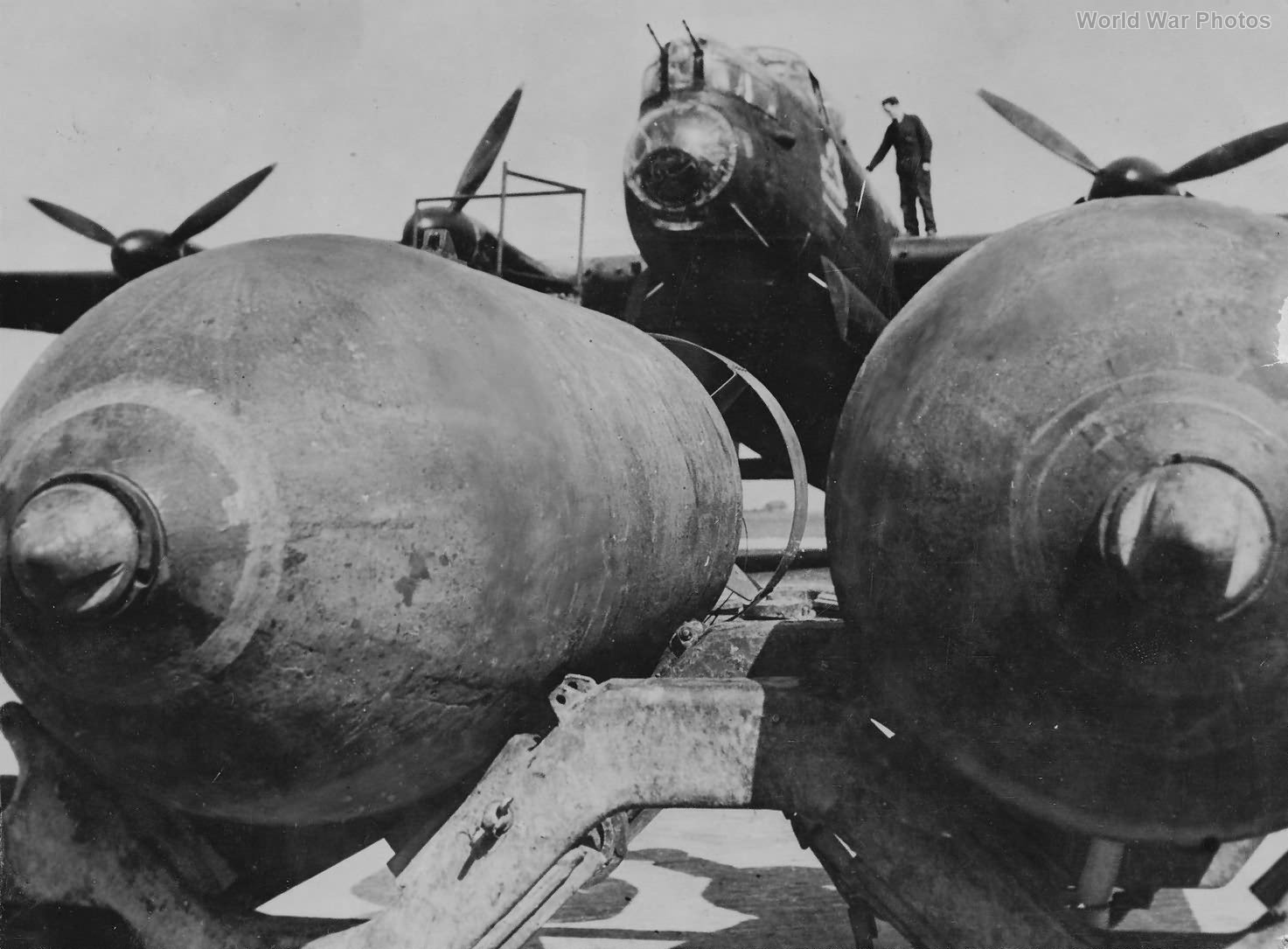The Lancaster’s Bomb Bay: A Legacy of Versatility
The Lancaster’s bomb bay was a key factor in its success as a bomber. Its unusually large size, a design inherited from its predecessor the Avro Manchester, enabled the aircraft to carry a heavier and more diverse bomb load than other RAF bombers.
- Origins in the Manchester: The Lancaster’s bomb bay was originally designed for the Manchester, which had a requirement to carry two torpedoes. This necessitated a massive bomb bay that was passed down to the Lancaster.
- Size and Layout: The bomb bay was roughly rectangular and extended for much of the Lancaster’s length. It was large enough to allow ground crew to walk inside during loading.
- Modular Construction: The Lancaster’s fuselage was designed in five sections: the nose section, front fuselage, intermediate section, rear-centre, and the rear fuselage. Each section was fully assembled and equipped before being brought together. This modular construction likely facilitated the assembly-line production of the Lancaster, as different factories could specialize in the production of each section.
- Bomb Bay Doors: The bomb bay had large doors that opened upward. These doors ran on tracks along the sides of the bomb bay. The doors could be opened and closed quickly using a hydraulic system.
- Internal Structure: Internally, the bomb bay was fitted with rails and other equipment to secure different types of bombs.
Adaptable Armament: From “Cookies” to “Earthquake Bombs”
The Lancaster’s bomb bay was designed to accommodate a variety of bombs, giving it significant versatility in its bombing missions. This versatility allowed the Lancaster to participate effectively in both area bombing campaigns and highly specialized attacks that required unique weapons.
- Early Bomb Loads: In the early stages of the war, Lancasters often carried a mix of high-explosive bombs and incendiaries. This included 1,000lb and 4,000lb “cookie” bombs, smaller 250lb bombs, and SBC (Small Bomb Container) incendiaries.
- “Earthquake” Bombs: The Lancaster’s large bomb bay proved particularly crucial in carrying Barnes Wallis’s innovative “earthquake” bombs, designed to cause seismic damage.
- Tallboy: This 12,000lb bomb was used against heavily fortified targets, for example German battleship Tirpitz.
- Grand Slam: This massive 22,000lb bomb was the largest weapon used by the RAF during the war. It was specifically designed to destroy strategic targets like bridges and viaducts. For example by No. 617 Squadron against the Bielefeld Viaduct.
- “Bouncing Bomb”: The Lancaster was also modified to carry the “bouncing bomb”, officially known as the Upkeep mine, designed for the Dambusters raid.
- Modifications for Special Weapons: To accommodate such large and specialized bombs, the Lancaster’s bomb bay often underwent substantial modifications:
- Upkeep Mine: For the Dambusters raid, the bomb bay doors were removed, and a special cradle and rotating mechanism were installed to impart the necessary backspin to the Upkeep mine.
- Grand Slam: Carrying the massive Grand Slam required removing the bomb bay doors, fairing in the ends of the bomb bay, and strengthening the undercarriage to handle the increased weight. The nose and mid-upper turrets were also often removed to save weight.
The ability to modify the Lancaster’s bomb bay for specialized weapons like the Tallboy, Grand Slam, and Upkeep mine highlights the aircraft’s adaptability and underscores its crucial role in executing key missions throughout the war.
